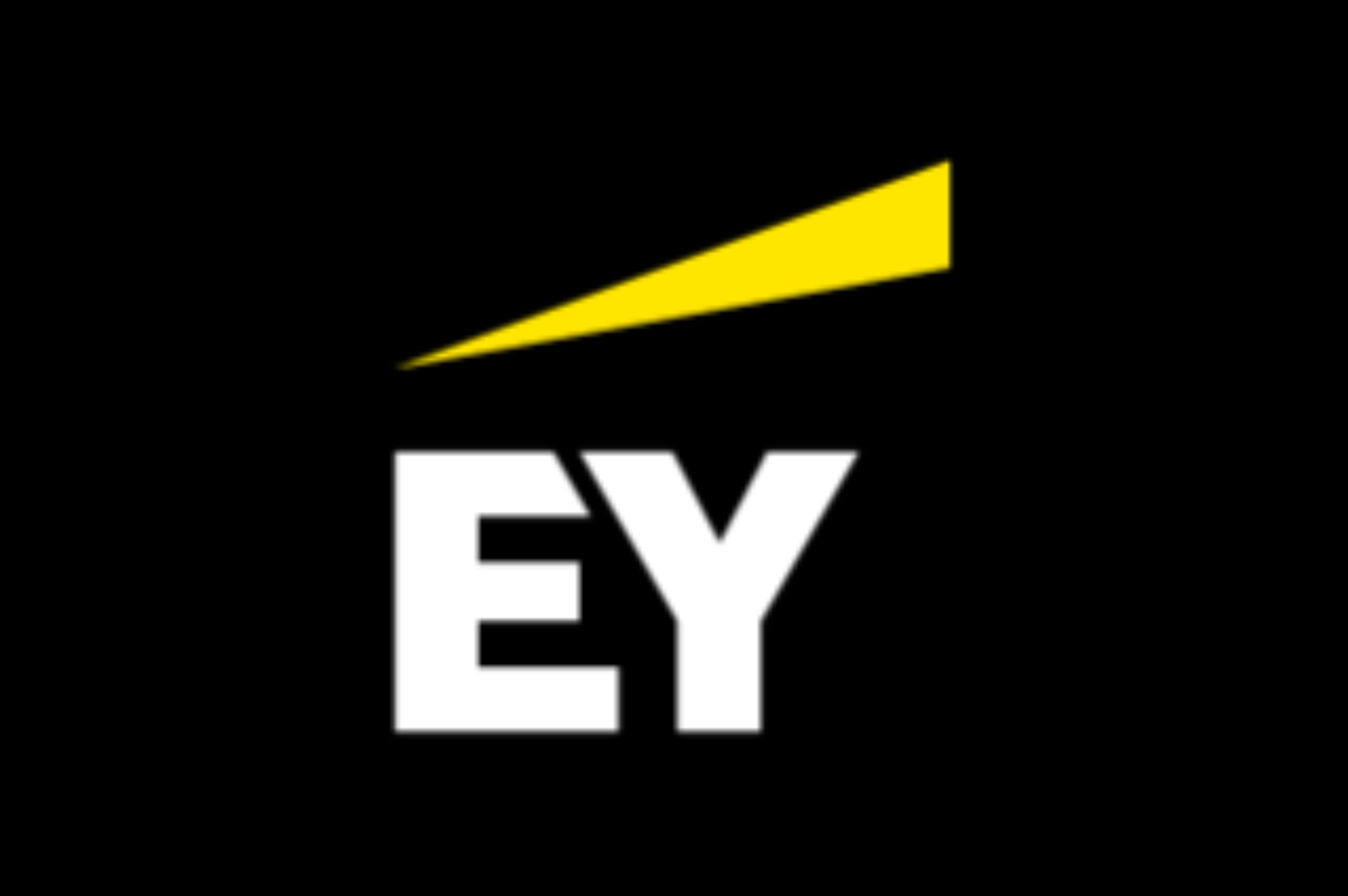EY Law LLP is a Canadian law firm, affiliated with Ernst & Young LLP in Canada. Both EY Law LLP and Ernst & Young LLP are Ontario limited liability partnerships. For more information about the global EY organization please visit www.ey.com.

Tax Alert 2024 No. 05, 8 February 2024
On 2 February 2024, the Canada Revenue Agency (CRA) updated its website to provide much-anticipated guidance on the process for employees to claim home office expenses for the 2023 taxation year. Notably, this new guidance indicates that, for 2023, the CRA has adopted a broad interpretation of situations where an employee is required to work from home, which is one of the eligibility criteria for claiming home office expenses.
The latest guidance supplements information provided by the CRA in December 2023 in a news release and in Guide T4044, Employment Expenses 2023. For more information on the details previously announced by the CRA regarding home office expenses, see EY Tax Alert 2024 Issue No. 1, CRA provides guidance on home office expenses for 2023.
In this Tax Alert, we provide a brief overview of the CRA’s latest guidance with respect to claiming home office expenses for 2023, with a focus on the implications for employers.
Background
The Income Tax Act provides that employees are not able to claim certain deductions against employment income, including home office expenses, unless they have a form from their employer confirming that the conditions for the deduction have been satisfied. Form T2200, Declaration of Conditions of Employment, has traditionally served this purpose.
Due to the number of employees working from home during the COVID‑19 pandemic, the CRA made two alternative methods available for employees to claim home office expenses for the 2020, 2021 and 2022 taxation years:
- Detailed method – This method required the employee to obtain a completed and signed Form T2200 (or Form T2200S, the abbreviated version that was available for the 2020, 2021 and 2022 taxation years) from their employer. This process was similar to the historical method for deducting home office expenses, except that the category of eligible expenses was expanded to include reasonable home internet access fees.
- Temporary flat rate method – In general terms, this method provided a deduction of $2 for each day worked from home, up to a limit, and did not require the employee to obtain a completed and signed Form T2200 or Form T2200S from their employer.
In December 2023, the CRA confirmed that the temporary flat rate method does not apply for the 2023 taxation year. Therefore, employees must use the detailed method and obtain a completed Form T2200, reviewed and signed by their employer, to claim home office expenses for 2023.
In January 2024, the CRA published an updated version of Form T2200 for the 2023 taxation year. The updated Form T2200 is designed to be easier for employers to complete where the employee is only seeking to claim a deduction for home office expenses. For 2023 and later years, employers are not required to provide a handwritten signature on Form T2200; the CRA will accept an electronic signature on this form.
Latest guidance
The CRA has provided the following additional guidance on the process for claiming home office expenses for the 2023 taxation year:
- What are the eligibility criteria for 2023? An employee can claim home office expenses for 2023 if all of the following conditions are met:
- The employer required the employee to work from home. This does not have to be part of the employee’s employment contract, but there should be a written or verbal agreement with the employee regarding this requirement;
- The employee was required to pay for expenses related to the work space in their home, and the expenses were used directly in their work;
- The work space is where the employee worked more than 50% of the time for a period of at least four consecutive weeks in the year;1 and
- The employee has a completed and signed Form T2200 from their employer.
- Are employees who voluntarily work from home eligible? For 2023, if an employee has voluntarily entered into a “formal telework arrangement” with their employer, the CRA will consider the employee to have been required to work from home. The CRA has not expanded on the meaning of “formal telework arrangement” for this purpose, but it appears that it may be a written or verbal agreement that the employee will work from home.
- Are part-time employees who work from home eligible? A part-time employee who meets all of the conditions summarized above can claim home office expenses. The requirement to work more than 50% of the time from home for a period of at least four consecutive weeks is based on the employee’s normal work schedule. For example, an employee who only works three days per week would have to work from home at least two days per week for at least four consecutive weeks in the year in order to claim home office expenses for 2023.
- What expenses can be claimed? Information on eligible and non-eligible expenses is available on the CRA’s website.
- Are employers required to provide Form T2200 to employees? Although not specifically addressed by the CRA in the latest guidance, the CRA has previously stated that it expects employers to provide a completed and signed Form T2200 where employees meet the conditions to claim home office expenses.
Quebec harmonization
This Tax Alert focuses on the criteria for employees to claim home office expenses for federal income tax purposes for the 2023 taxation year. As noted in EY Tax Alert 2024 Issue No. 1, consistent with the federal rules, the flat rate method will not apply for Quebec provincial income tax purposes for 2023.
To date, Revenu Québec has not published guidance on the process for claiming home office expenses for 2023. In particular, it remains unclear whether, for Quebec provincial income tax purposes for 2023, (i) an employee who enters into a voluntary work-from-home arrangement would meet the criteria of being required to maintain a home office; and (ii) an employee would have to work from home more than 50% of the whole year to claim home office expenses, or whether the test could be met over a shorter period (e.g., four consecutive weeks).
Practical considerations
Hybrid and remote work arrangements continue to be prevalent since the COVID‑19 pandemic. At least for 2023, the CRA has indicated that employees who voluntarily initiate work-from-home arrangements can potentially qualify to deduct eligible home office expenses. This position, coupled with the elimination of the temporary flat rate method, will likely lead to an increase in employee requests to issue Form T2200 within a short period of time.
The leading practice has traditionally been to issue Form T2200 around the time of issuance of Form T4, Statement of Remuneration Paid. Given the late release of this additional guidance from the CRA, it is reasonable to assume that it will take some time and effort before Form T2200 can be provided to eligible employees. As such, employee expectations need to be managed and reasonable timeframes should be provided proactively.
EY has developed a technology-enabled solution to ease the potential administrative burden of completing Form T2200 for employers. This solution has been refreshed to accommodate the CRA’s guidance on the process for claiming home office expenses for 2023.
Learn more
For more information, or to learn more about EY’s technology-enabled solution for completing Form T2200, contact your EY or EY Law advisor, or one of the following professionals.
Edward Rajaratnam
+1 416 943 2612 | edward.rajaratnam@ca.ey.com
Lawrence Levin
+1 416 943 3364 | lawrence.levin@ca.ey.com
________________
- Alternatively, the employee only used the work space to earn employment income, and used it regularly and continually for in-person meetings with clients, customers or other people while performing their work.
Download this tax alert
Budget information: For up-to-date information on the federal, provincial and territorial budgets, visit ey.com/ca/Budget.

